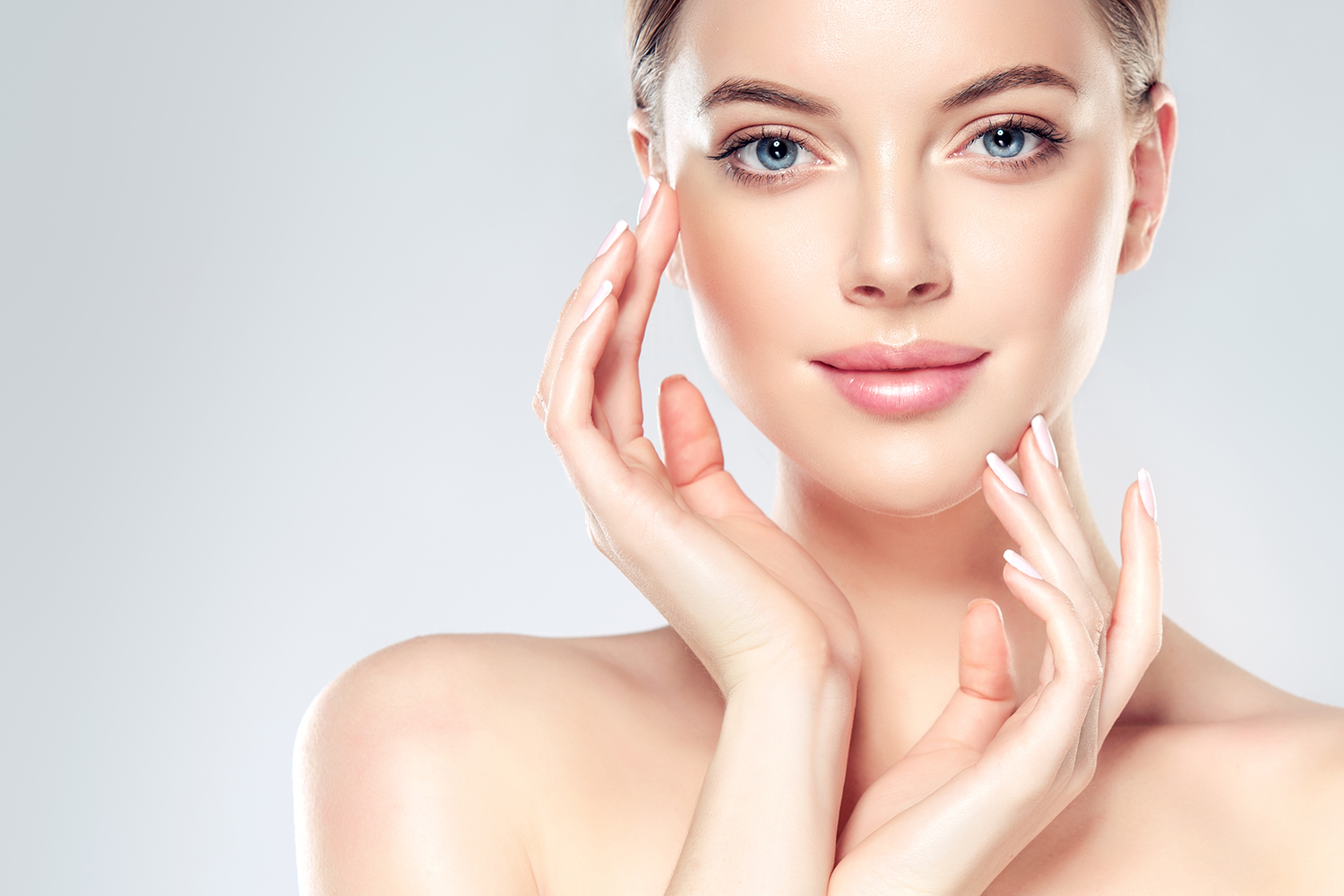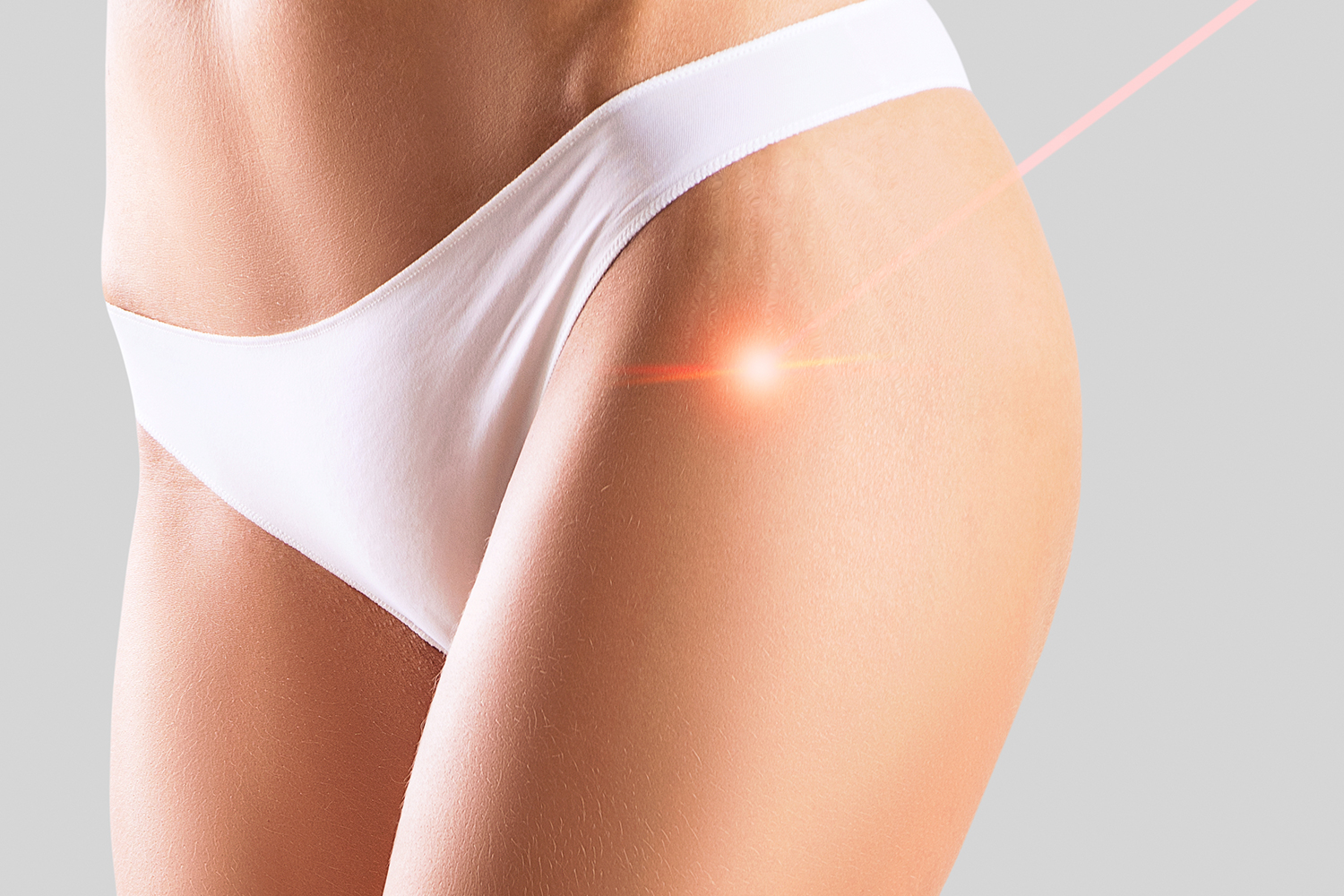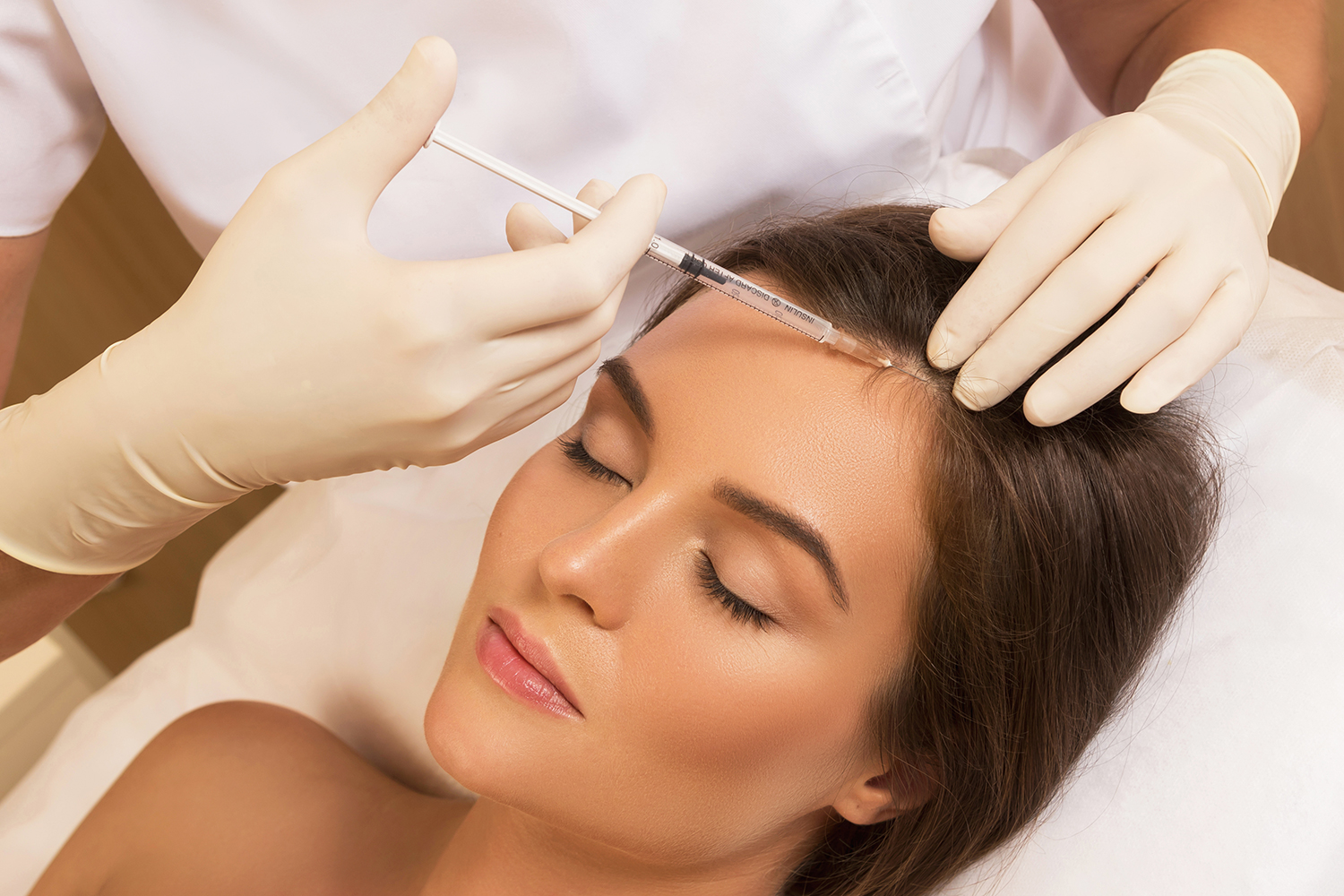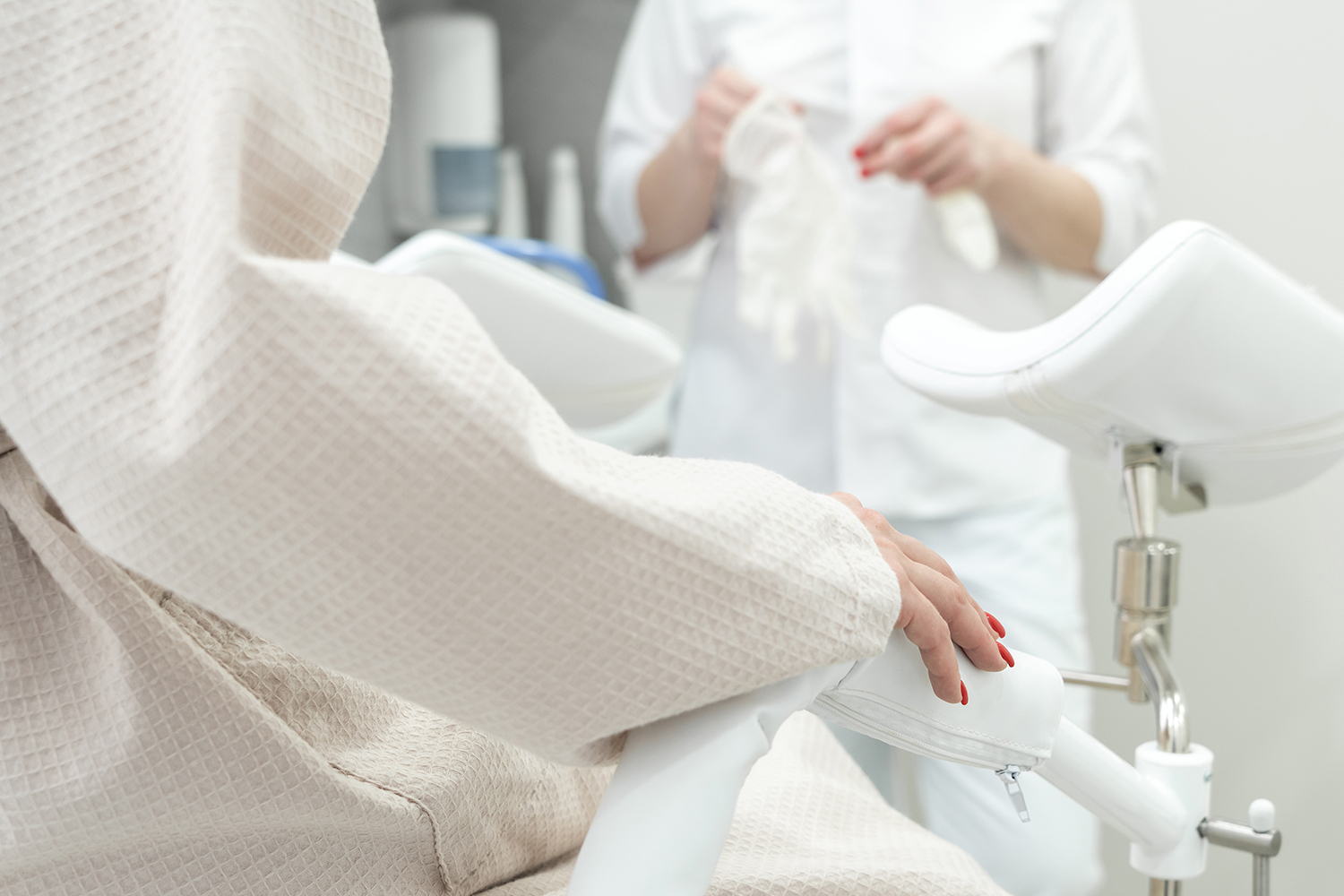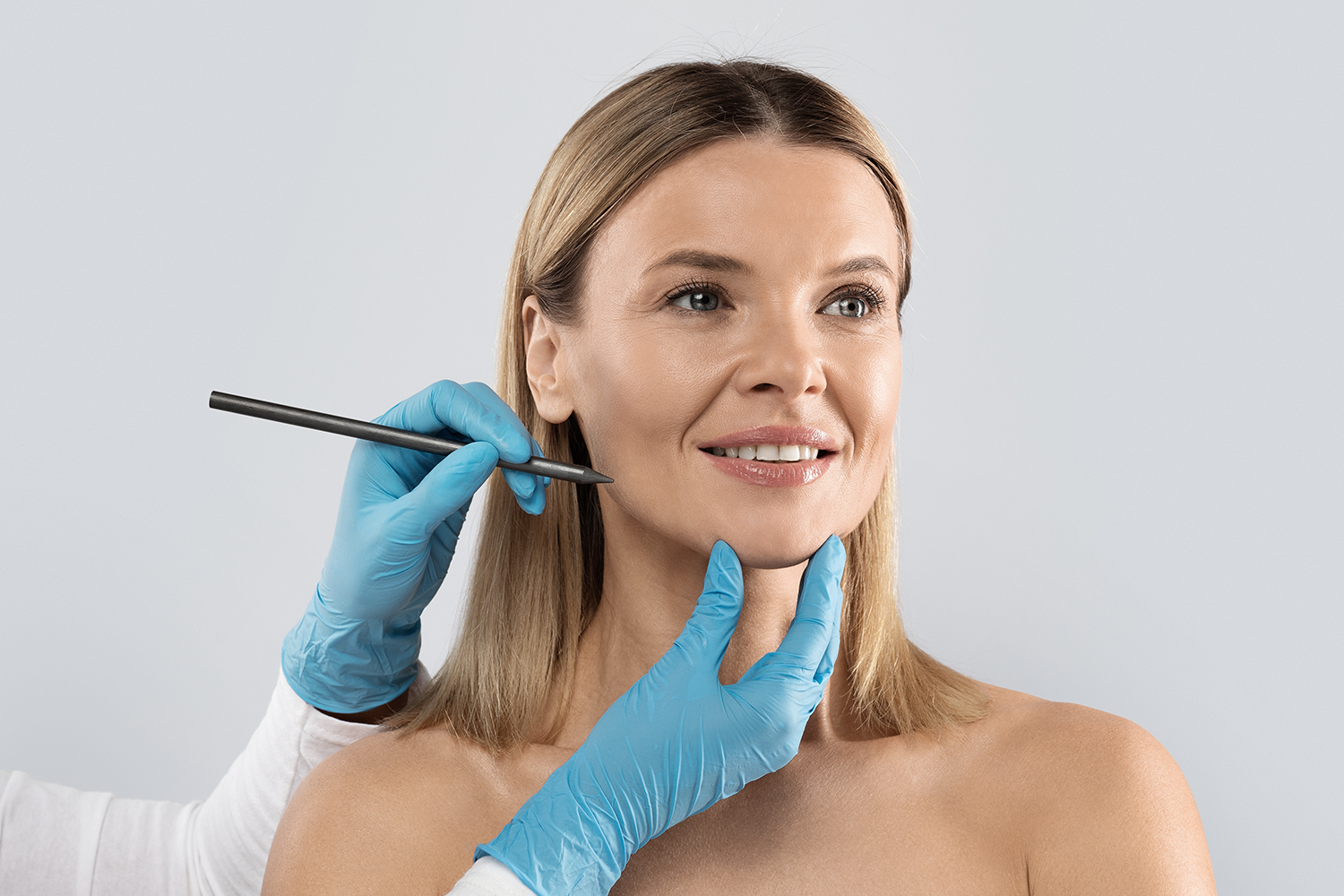Pigment spots
We will talk in more detail about pigment spots and if and how to remove them, and what to do to avoid the occurrence of these dark spots.
We can say in advance that pigment spots can be removed with the procedures IPL pigment spot treatment, Fotona Starwalker melasma laser treatment, Green toning and chemical exfoliation.
Depending on the triggering factors, age or location on the skin, pigment spots are divided into four types:
1. Melasma - sometimes also called chloasma, are brownish pigment spots in the temple area, forehead and cheekbones, less frequently elsewhere on the body. In addition to ultraviolet radiation, these are caused by female hormones and genetic predisposition.
2. Solar lentigo (commonly known as 'liver spots') - light brown spots with irregular shape, usually appearing on the face, arms, and on the back of the hands. Solar lentigo is one of the first signs of photoaging, the number of spots increases with age.
3. Freckles - appear on the face, arms and upper back, persons with fair skin and hereditary predisposition are prone to have freckles. Freckles appear by the effect of the sun already in childhood, becoming less frequent in adulthood. Unlike solar lentigo, freckles often disappear in the winter months.
4. PIH (post inflammatory hyperpigmentation) – occurs after an injury to the skin, often after an inflammatory skin condition (acne, psoriasis) or a skin burn. Occurs more frequently with darker types of skin.
Melasma
Melasma is a very common skin condition characterized by symmetrically arranged brownish irregularly shaped pigment spots on the face, especially on the forehead, cheeks and above the upper lip. In rare cases the spots may also appear on other areas of the skin exposed to the sun. In most cases, the pigment is located in the epidermis, i.e. the lower part of the surface layer of the skin, but sometimes also in the dermis, i.e. the deeper layer of the skin. The latter option responds poorly to treatment. The depth of the pigment can usually be determined with a Wood's lamp.
In 90% of cases, melasma occurs in 20 to 40-year-old women and only 10% in men. The exact cause of the problem is not known, the formation of melasma has been associated with the hyperfunction of melanocytes that can be triggered by various initiators such as UV radiation and/or sex hormones. These spots are known to appear most frequently during pregnancy (50-70% of women) or while taking birth control pills (5-34% of women). During pregnancy, these are also known under the name of “pregnancy mask”. As a result of sun exposure, the spots appear or become worse in spring and summer. There also has to be a predisposition for the development of melasma. It can also be caused by mild ovarian and thyroid function disorders, liver function disorders, some medications (some medications for ovarian and thyroid diseases and epilepsy) that make the skin more sensitive to the sun; phototoxic reactions to cosmetic products (perfumes, essential oils - especially citrus, after-shave products, scented soaps, etc.), physical factors (scratching, hot water, sauna, etc.), sweating, diet (caffeine, spices).
Treatment of melasma
The aim of melasma treatment is to break down the excess pigment and prevent the formation of new pigment.
The treatment of melasma is a process that requires time and patience and must always include proper protection from the sun. In some cases, the pigment may reappear, despite effective treatment and proper protection from the sun. Sometimes only a "speck" of sun can ruin the results already achieved.
If possible, the specific problem causing the pigment spots should be treated and/or contributing factors should be avoided. If you are taking birth control pills, you should consider quitting, although the benefits may appear relatively slowly.
In the treatment there is a choice between methods that are either more conservative or more aggressive. The choice depends on the depth of the pigment in the skin, but also on the type of skin and the preferences of the patient.
Achieving the desired results only with topical means and more superficial procedures may take months, or even up to a year or longer in resistant cases. Sometimes the effect is partial.
Dermal melasma (pigmentation located deeper in the dermis) has poor response to treatment. The advantage of superficial treatment is that the risk of complications is low and skin irritation is minimal or none. Deeper procedures give faster and better results, but can be more traumatic. Often, the patient must be prepared for a 5-7-day recovery time. For the best results, treatment procedures should be carried out together with topical treatment.
General advice
Avoid facial skin irritation. Do not use strong soaps or abrasive cleansers; prefer only gentle cleansers for washing your face. Any irritation increases skin sensitivity to the sun.
Protect your skin from the sun both during and after the treatment. Use a broad-spectrum and very high factor (30 and above) sunscreen, which preferably contains zinc oxide, titanium dioxide, avobenzone (Parsol 1789), Tinosorb or Mexoryl. Furthermore, avoid the so-called peak hours (12-15) and wear a hat with a wide brim.
Topical products
Hydroquinone
Creams with hydroquinone (HK) have the strongest anti-pigmentation effect and are most commonly used in the world, being the first choice in the treatment of pigment disorders. Hydroquinone directly inhibits the synthesis of the pigment melanin from tyrosine. In Estonia, 2% HK is permitted for professional use. In the world, products with more than 2% content are mostly available by prescription.
Hydroquinone starts to have effect in 1-1.5 months. The maximum effect is reached in 4-6 months. Maintenance treatment continues 2-3 times/week for a few months on a need basis.
Hydroquinone is usually applied twice a day to problem areas. Some schools of thought recommend applying it all over the face and another layer on the spots to achieve a more even result while not making the skin tone significantly lighter.
Hydroquinone can sometimes cause a minor tingling sensation on the skin at the beginning of the treatment - this is not a contraindication for the treatment. In case of severe redness or irritation the treatment must be stopped. To prevent possible irritation, the product should be tested on the inside of the elbow or on the forehead for 3-5 days before starting the treatment.
Hydroquinone effectiveness varies between 64-88%. In order to increase its effectiveness, it is usually combined with tretinoin, AHA acids or kojic acid. If no effect is achieved in 3 months, a more aggressive treatment regimen is selected.
Hydroquinone is not used during pregnancy and breastfeeding, as the safety for the foetus has not been proven. It is also not used for several consecutive years.
Azelaic acid
Azelaic acid 20% cream (Skinoren) is a prescription medicine. This is a natural material produced by yeast which is part of the normal microflora of the skin.
Azelaic acid is used in the treatment of acne, but it also inhibits pigment production. It can have a rather good effect (similar to hydroquinone), but the development of results may take time (6-12 months) and sometimes can entail a slight skin irritation. Azelaic acid can also be combined with other preparations and used during pregnancy.
Kojic acid
Kojic acid is especially popular in Japan. It is a metabolic product of Aspergillus fungi that inhibits melanin synthesis. Kojic acid has shown efficiency similar to hydroquinone, but has higher potential for skin irritation and sensitizing effect. It is usually used as an alternative to hydroquinone. Kojic acid can be combined with various other substances, including hydroquinone.
Tretinoin
Tretinoin is a powerful preparation for the treatment of photoaged skin. It disperses melanin in the epidermis and is especially suitable for mottled pigmentation caused by sun damage. In the treatment of pigment disorders, tretinoin is often added to hydroquinone. The maximum results are achieved in an average of 4-6 months.
AHA acids
Glycolic acid is the AHA acid, which is used the most, and the same applies to salicylic acid. AHA acids disperse the pigment melanin in the epidermis to a small extent. Due to their mild exfoliating effect, these acids expose fresher-looking, smoother and more even-toned skin and improve the penetration of other substances into the skin. AHA acids are used independently in the treatment of mildly expressed pigment disorders, more frequently in combination with hydroquinone or other anti-pigmentation substances.
All fruit acids can cause a transient tingling sensation when applied to the skin, which is normal.
People with darker skin, which is very sensitive and thin, should be careful with AHA acids.
Vitamin C
Vitamin C protects the skin from UVK damage and the effects of free radicals, but also inhibits melanin production. The most effective anti-pigmentation vitamin C derivative is magnesium-L-ascorbyl-2-phosphate (MAP). Research has shown that MAP at a concentration of 10% could significantly lighten melasma and sunspots in approx. 55% of patients.
Other
Other plant-based agents with anti-pigment effect include paper mulberry, melatonin, bearberry extract, Arctostaphylos patula and Arctostaphylos viscida, glabridin (from licorice extract), licorice extract (Glycyrrhiza glabra).
In case of melasma, tranexamic acid has also been used as a 2-5% cream or as a systemic tablet treatment.
In some products, various active ingredients, such as hydroquinone, kojic acid, glycolic acid, vitamin A/tretinoin/retinol, ascorbic acid, lactic acid, azelaic acid, etc. others are used in combination.
Procedures for the treatment of pigment spots:
IPL treatment of pigment spots
The most effective treatment for removal of pigment spots is IPL (intense pulsed light). Photo impulse is absorbed in pigment, a few days after the treatment the unwanted pigment rises to the surface and flakes off (like coffee grounds). It would be good to use photo-rejuvenation alternately with chemical exfoliation to enable the skin to achieve even texture.
A photo of Starwalker melasma laser treatment
Since certain wavelengths of light are absorbed in melanin, pigment foci can be affected by lasers and the IPL procedure. Melasma are treated at ML Beauty Clinic with the Fotona Starwalker laser (Q-switched Nd:YAG). The results can be assessed after several weeks or months, and the treatment has to be frequently repeated. Impulse light sources (IPL therapy) can also lighten melasma, but can also aggravate the existing melasma. By now it is known that there is also chemical inflammation in the dermis, which we must suppress in order to achieve good results in the treatment of melasma. In addition to the pigment, we can almost always see also capillaries, i.e. couperose. The effective Fotona StarWalker laser treatment developed by doctors Sebastian and Julio Vélez removes pigment, destroys couperose blood vessels and soothes dermatitis.
The treatment of pigment spots is followed by 1 day of severe redness and another 2-4 days of minor redness.
The treatment protocol foresees 6 procedures in approximately every 2-3 weeks
Laser treatment procedures are often carried out in parallel with ointment and tablet treatment prescribed by our dermatologist.
After 2 years of treatment with Arrivederci-Melasma, up to 90% of patients are still free of melasma.
Green toning
Too much sunlight ages the skin and causes skin pigmentation and even skin cancer. At the ML Beauty Clinic, minor sun damage to the skin and pigment spots are treated with Fotona StarWalker laser Green toning treatment. This is a lighter version of the Merci Beaucoup treatment and not as effective in treating permanent melasma as the Arrivederci-Melasma protocol, but it also has very good and permanent results. Usually, three treatment procedures with 1-month intervals are recommended. Recovery 1-3 days, depending on the intensity of the treatment.
Chemical exfoliation
Superficial chemical exfoliation removes the superficial layers of the epidermis and accelerates the effect of topical treatment agents. These are so-called "lunch-break procedures", after which the person can immediately return to daily activities. The skin may be slightly flaky for 1-2 days. It is necessary to have these procedures done repeatedly, usually 6 to 8 times, with 1-2-week intervals. However, superficial procedures do not replace 1 in-depth procedure, even when performed repeatedly.
Medium exfoliation with stronger acids is often effective, removing excessive pigment already in one procedure. The skin heals in 5-7 days in an average. Exfoliation is preceded and followed by topical anti-pigmentation agents.
Deep chemical exfoliation or Fractional Photo Peel with 15% TCA acid. In step 1 we use the unique Fotona Dynamis FRAC3® neodymium laser program to heat the tissues, delivering small high-temperature impulses deep into the skin. In step 2, individual pigment spots are removed with the Fotona Starwalker laser, the so-called "Spot Hunting". In step 3 we use Viora V20 technology for IPL (intense pulsed light) light therapy. Step 4 is fractional laser resurfacing with the Fotona Dynamis Er:Yag laser that removes fine wrinkles while significantly reducing deeper and dynamic wrinkles. Step 5 is the application of trichloroacetic acid (TCA). Acids vary from light to deep chemical exfoliation, depending on the concentration of TCA (10-30% TCA ensures superficial exfoliation, 30-40% TCA ensures medium depth, and 50% or higher TCA ensures deep chemical exfoliation).
What can I do to prevent dark spots?
The most important thing to avoid or reduce the severity of melasma is to be reasonable about sun protection. Limit your time in the sun, avoid being in the sun during the most intense hours of the day and wear protective clothing and a hat whenever possible. This is especially important, if you have a genetic predisposition to melasma (i.e. it runs in your family), if you are pregnant, take birth control pills or other hormone supplements.



